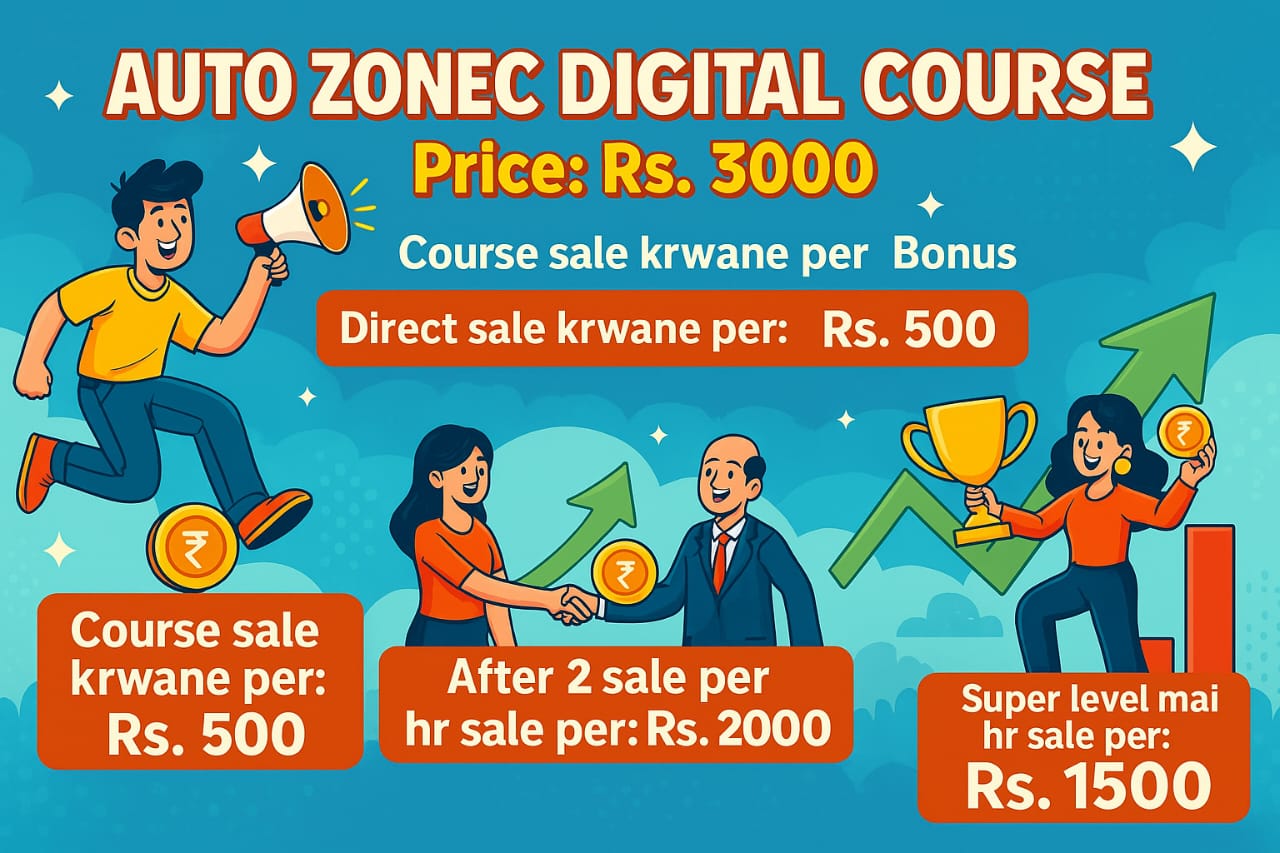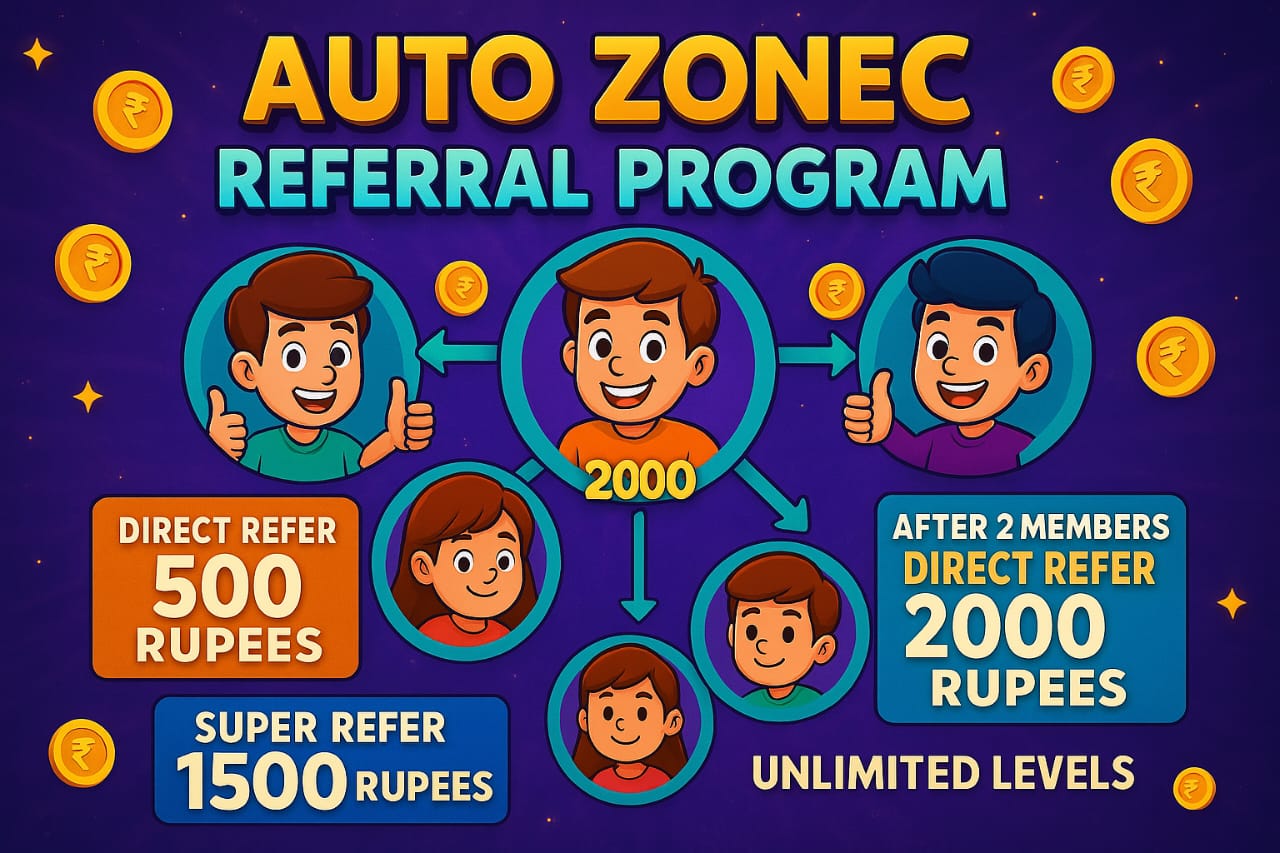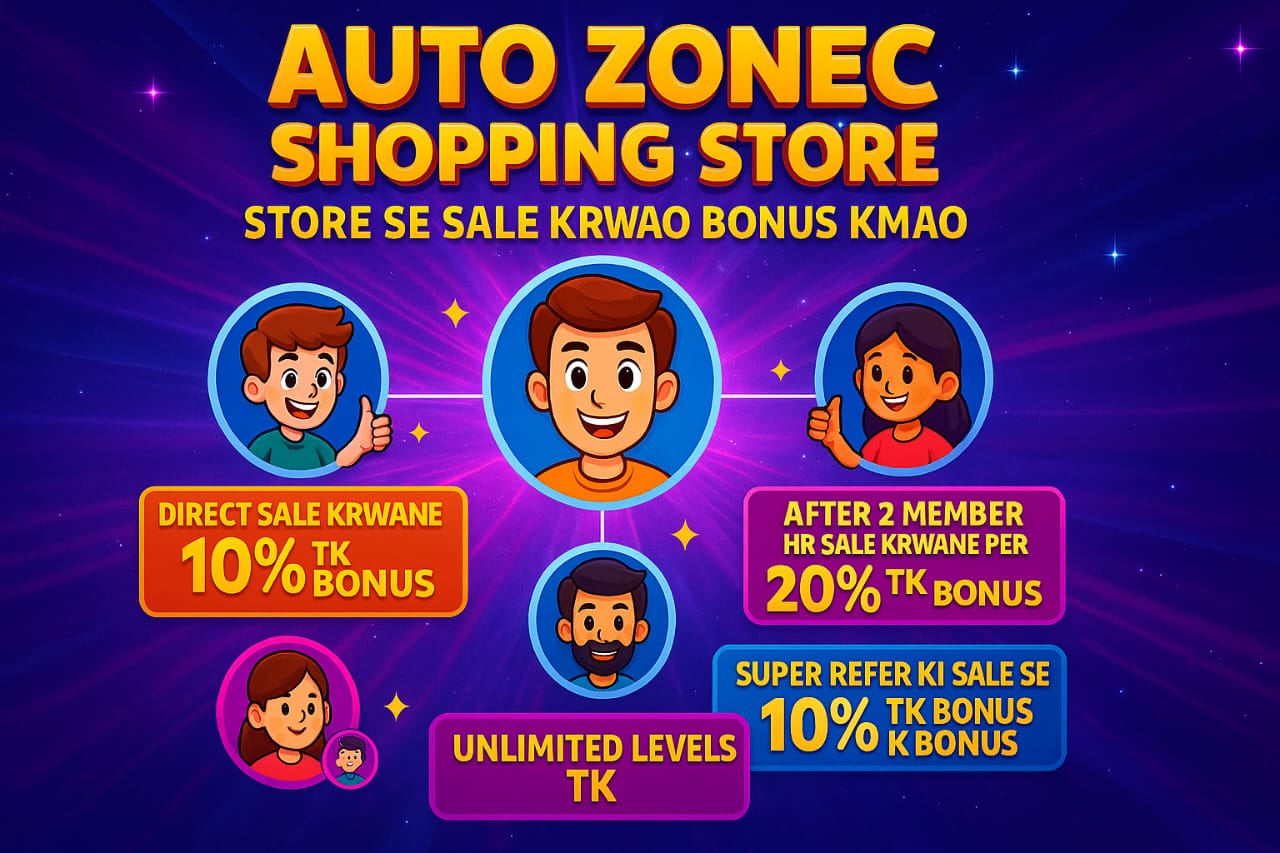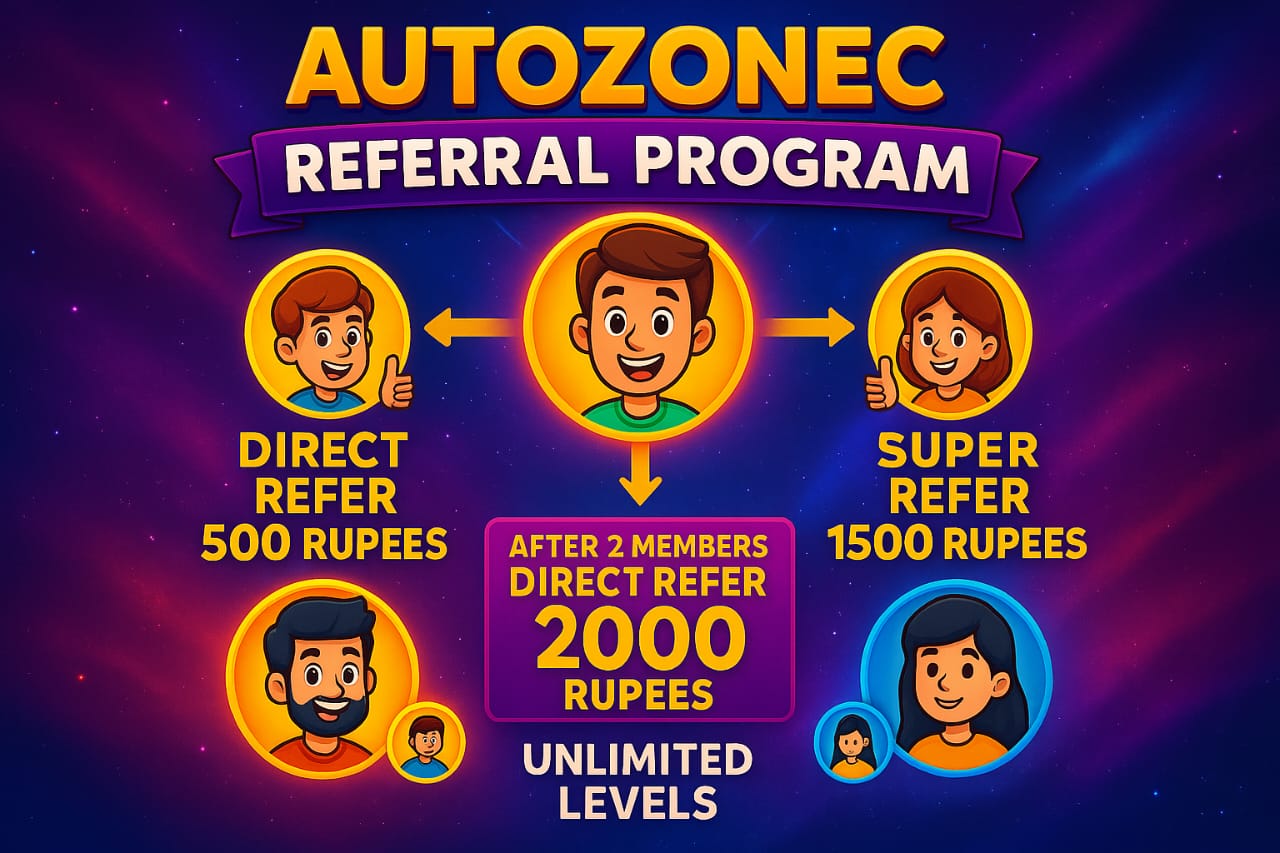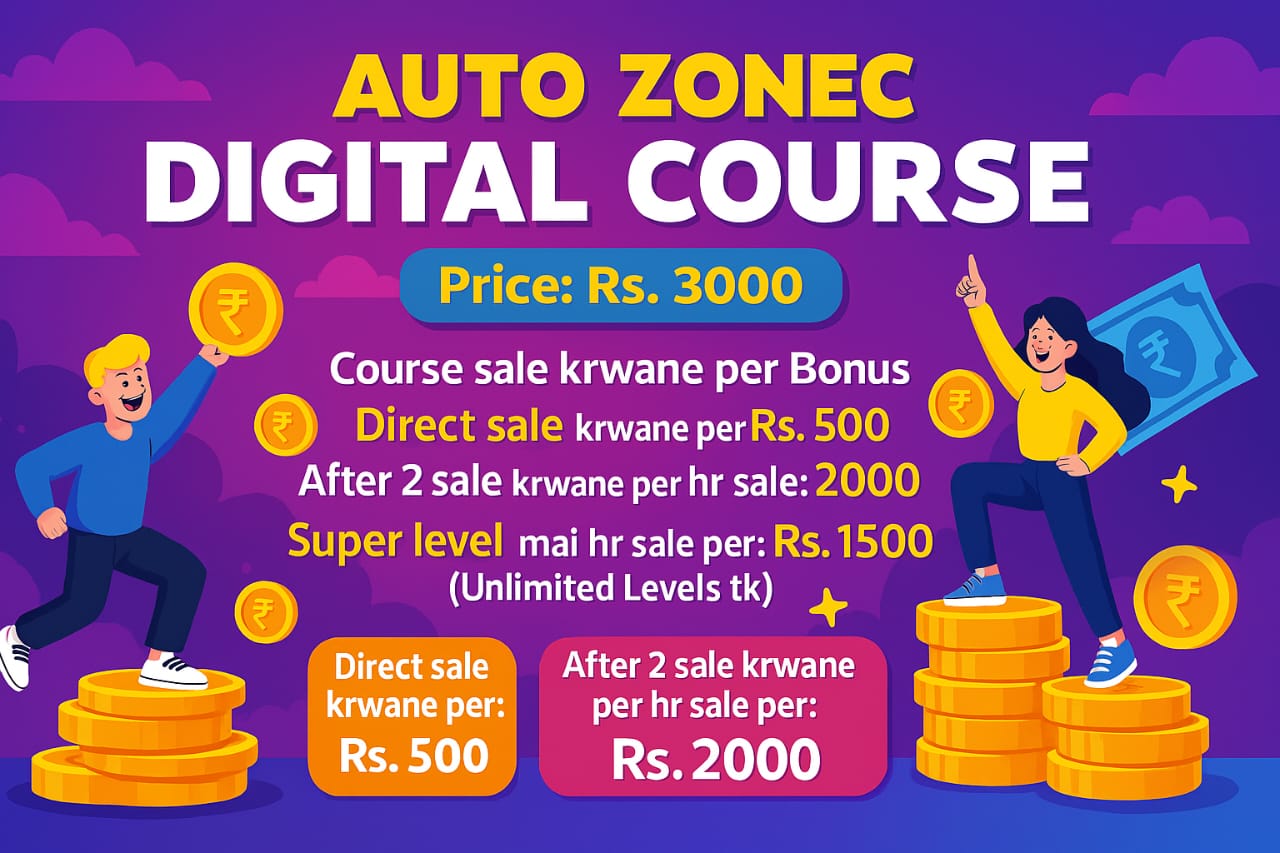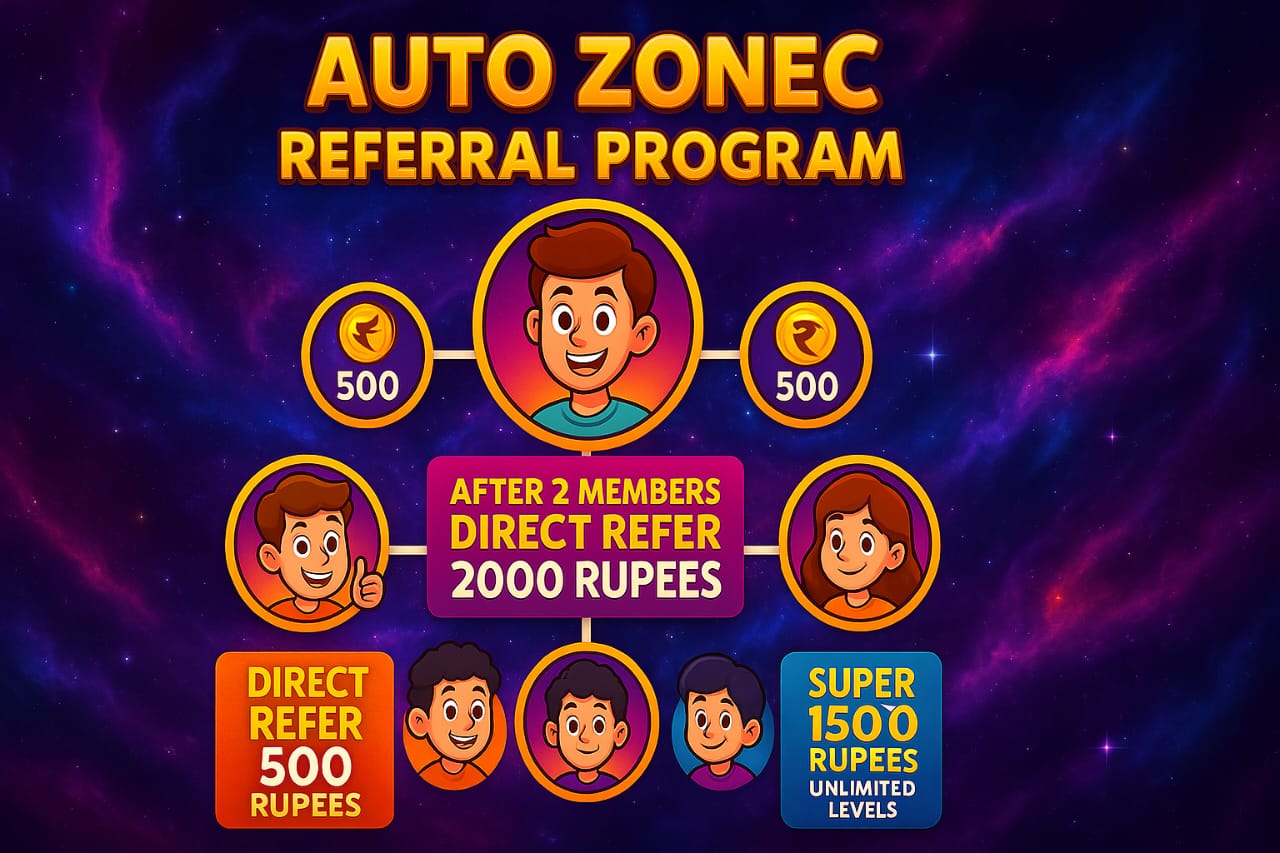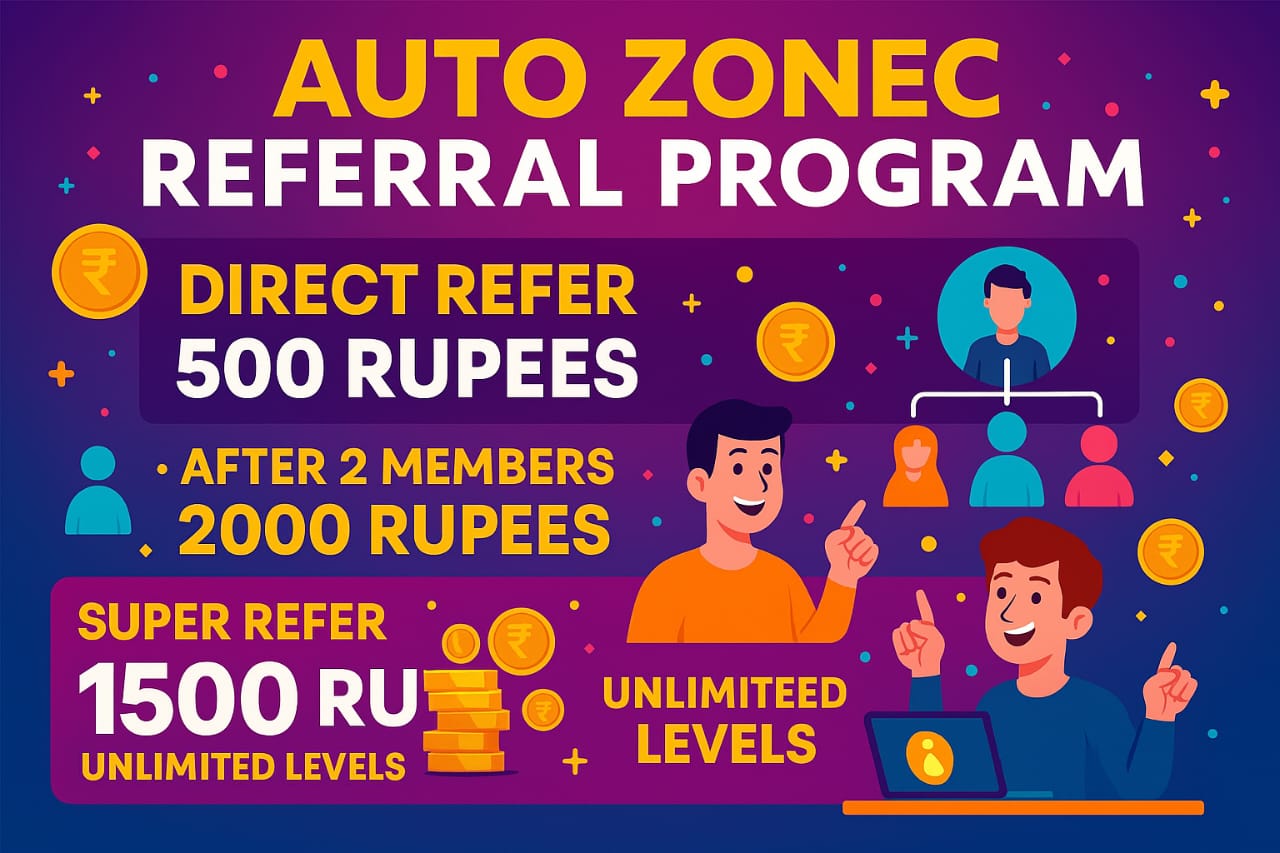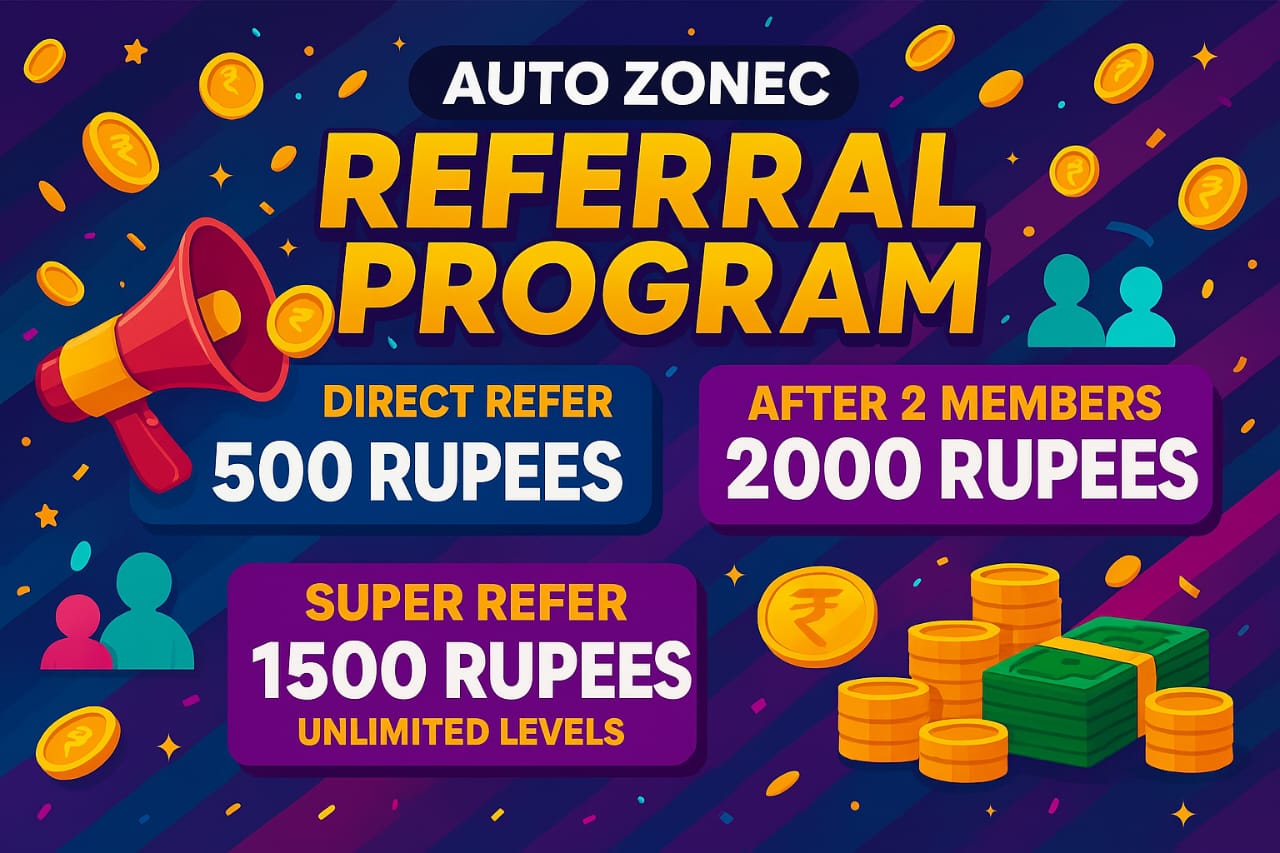
Small but Mighty: How Micro-Influencers Are Revolutionizing YouTube Monetization
SEO Description: Learn how micro-influencers are revolutionizing the YouTube landscape and turning their passion into profit in unique ways. Discover the secrets to monetizing your content and growing your audience in this insightful article.
Meta Keywords: Micro-influencers YouTubers Monetizing Passion Unconventional ways Influencer marketing YouTube monetization Social media influencers Content creators Brand partnerships Influencer collaborations Digital marketing trends Social media marketing Influencer strategies Online content creators Influencer branding YouTube sponsorship Influencer entrepreneurship Influencer success stories Influencer industry growth Influencer business models Influencer revenue streams Influencer marketing tactics Influencer monetization tips Influencer platform strategies
The Rise of Micro-Influencers: How YouTubers Are Monetizing Their Passion in Unconventional Ways
In the world of digital marketing, influencer marketing has become a powerful tool for brands to reach their target audience. While celebrities and macro-influencers have been dominating this space for years, a new trend has emerged – the rise of micro-influencers. These are individuals with a smaller but highly engaged following, often in niche markets, who are able to connect with their audience on a more personal level.
Who Are Micro-Influencers?
Micro-influencers are content creators with a following of anywhere from 1,000 to 100,000 followers on social media platforms like YouTube, Instagram, and TikTok. What sets them apart from macro-influencers is their ability to build a strong bond with their audience through authentic and relatable content. While macro-influencers may have millions of followers, their engagement rates tend to be lower as their audience may not feel as connected to them.
Micro-influencers, on the other hand, have a more intimate relationship with their followers, who often see them as friends or peers rather than celebrities. This trust and authenticity make micro-influencers highly influential when it comes to recommending products or services to their audience.
Monetizing Their Passion
One of the key reasons why micro-influencers have gained popularity in recent years is their ability to monetize their passion in unconventional ways. Unlike traditional celebrities who rely on brand endorsements and sponsored posts for income, micro-influencers have found creative ways to generate revenue while staying true to their personal brand.
- Affiliate Marketing: Many micro-influencers partner with brands on affiliate marketing programs, where they earn a commission for every sale made through their unique affiliate link. This allows them to promote products they genuinely love and use, while also earning a passive income.
- Product Collaborations: Some micro-influencers have ventured into creating their own products or collaborating with brands to launch limited edition collections. This not only allows them to showcase their creativity and personal style, but also provides an additional revenue stream.
- Online Courses and Workshops: With their expertise in a particular niche, micro-influencers often create online courses or host workshops to share their knowledge and skills with their audience. This not only adds value to their followers, but also provides them with a source of income.
Overall, the rise of micro-influencers has revolutionized the influencer marketing industry, showing that you don't need millions of followers to make a meaningful impact. By staying true to their authentic selves and connecting with their audience on a personal level, micro-influencers are proving that passion and creativity can lead to success in unconventional ways.
The Rise of Micro-Influencers: How YouTubers Are Monetizing Their Passion in Unconventional Ways
In the previous section, we discussed the concept of micro-influencers and how they have been able to leverage their passion for content creation on YouTube into a profitable business. In this section, we will explore some unconventional ways in which YouTubers are monetizing their platforms to generate income.
1. Merchandise
One of the most popular ways for YouTubers to monetize their channels is through the sale of merchandise. Many content creators have developed their own brands and unique products that resonate with their audience. From t-shirts and hoodies to mugs and phone cases, YouTubers are able to create a steady stream of income by selling items that their fans want to buy.
For example, beauty YouTuber Michelle Phan has her own line of makeup products, while gaming creator PewDiePie sells a range of merchandise featuring his iconic logo. By tapping into their fan base and offering products that align with their personal brand, YouTubers are able to turn their passion into a thriving business.
2. Sponsored Content
Another way that YouTubers are monetizing their passion is through sponsored content. Brands are increasingly turning to influencers to promote their products and services to a targeted audience. YouTubers can partner with companies to create sponsored videos, where they endorse a product or service in exchange for payment.
While sponsored content can be a lucrative revenue stream for YouTubers, it is important for creators to strike a balance between sponsored and organic content to maintain the trust of their audience. By being transparent about sponsored partnerships and only endorsing products that they genuinely believe in, YouTubers can monetize their platform while still providing value to their viewers.
3. Affiliate Marketing
Affiliate marketing is another popular way for YouTubers to monetize their channels. By including affiliate links in their video descriptions, creators can earn a commission for every sale that is generated through their unique link. This allows YouTubers to earn passive income by promoting products that they love and use themselves.
Many YouTubers partner with affiliate programs such as Amazon Associates or RewardStyle to monetize their content. By strategically incorporating affiliate links into their videos, creators can earn a steady stream of income without having to rely solely on advertising revenue.
4. Patreon
For YouTubers who want to take their monetization efforts to the next level, Patreon can be a valuable platform. Patreon allows creators to offer exclusive content and perks to their fans in exchange for a monthly subscription fee. This can include behind-the-scenes footage, exclusive live streams, or personalized shoutouts.
By building a community of dedicated supporters on Patreon, YouTubers can create a reliable source of income outside of traditional advertising. This allows creators to connect with their most loyal fans on a deeper level and offer them unique content that is not available anywhere else.
Conclusion
As the influencer marketing industry continues to grow, YouTubers are finding new and innovative ways to monetize their passion for content creation. From selling merchandise and creating sponsored content to affiliate marketing and Patreon, there are countless opportunities for creators to turn their passion into a profitable business.
By staying true to their personal brand and providing value to their audience, YouTubers can build a successful and sustainable business that allows them to continue doing what they love. The rise of micro-influencers has opened up a world of possibilities for content creators, and the future looks bright for those who are willing to think outside the box and explore unconventional ways to monetize their platforms.
The Rise of Micro-Influencers: How YouTubers Are Monetizing Their Passion in Unconventional Ways
With the advent of social media, the influencer marketing industry has seen exponential growth in recent years. While mega influencers with millions of followers still dominate the scene, a new trend has emerged - the rise of micro-influencers. These content creators may have a smaller following, but they have highly engaged audiences and niche communities that make them valuable to brands looking for authentic and targeted marketing.
Who are Micro-Influencers?
Micro-influencers are individuals who have a smaller but highly engaged following on social media platforms like YouTube, Instagram, and TikTok. They typically have between 10,000 to 100,000 followers, and their content is often focused on a specific niche or interest area. Unlike mega influencers, micro-influencers have a more personal connection with their followers and are seen as more relatable and trustworthy.
Monetizing Their Passion
Many micro-influencers started creating content on YouTube as a hobby or passion project, without the intention of making money. However, as their following grew and brands started to take notice, they found creative ways to monetize their content and turn their passion into a lucrative career.
1. Sponsored Content
One of the most common ways that micro-influencers monetize their YouTube channels is through sponsored content. Brands pay influencers to create videos featuring their products or services, reaching a targeted audience that is likely to be interested in what they have to offer. This can be a win-win situation for both the influencer and the brand, as the influencer gets paid for their work and the brand gets exposure to a new audience.
2. Affiliate Marketing
Another popular monetization strategy for micro-influencers is affiliate marketing. Influencers promote products or services in their videos and include affiliate links in the description. When their viewers make a purchase through the affiliate link, the influencer earns a commission. This can be a great way for influencers to monetize their content without relying solely on sponsored deals.
3. Merchandise and Merch Drops
Some micro-influencers have taken their branding to the next level by creating their own merchandise or collaborating with brands on limited edition merch drops. This not only helps them monetize their passion but also gives their fans a way to support them and feel like they are part of a community.
Building a Sustainable Career
While the influencer industry can be lucrative, it is also highly competitive and constantly evolving. Micro-influencers looking to build a sustainable career need to focus on creating high-quality content, engaging with their audience, and diversifying their revenue streams. By staying authentic and true to their niche, micro-influencers can continue to grow their following and monetize their passion in unconventional ways.
Conclusion
The rise of micro-influencers on platforms like YouTube is changing the influencer marketing landscape. These content creators may have smaller followings, but their highly engaged audiences and niche communities make them valuable to brands looking for authentic and targeted marketing. By monetizing their passion through sponsored content, affiliate marketing, and merchandise, micro-influencers are able to turn their hobbies into lucrative careers. As the influencer industry continues to evolve, micro-influencers who focus on creating quality content and engaging with their audience will be able to build sustainable careers in this competitive space.
Micro-Influencers: The Future of Brand Partnerships As the traditional advertising landscape continues to shift, brands are increasingly turning to micro-influencers to connect with a more engaged and niche audience. The rise of micro-influencers has been fueled by their authenticity, relatability, and ability to connect with their followers on a personal level. This has led to more meaningful and impactful brand partnerships, as micro-influencers are able to authentically promote products and services that align with their personal brand and values. One of the key advantages of working with micro-influencers is their ability to create highly targeted and personalized content for their audience. Unlike traditional celebrities or macro-influencers, micro-influencers have a more intimate relationship with their followers, who often view them as peers rather than distant celebrities. This makes their recommendations and endorsements more trustworthy and effective, as their followers are more likely to value their opinion and make purchasing decisions based on their recommendations. Monetizing Their Passion: How YouTubers Are Turning Their Hobbies into Profit Many YouTubers have successfully monetized their passion by creating engaging and authentic content that resonates with their audience. By sharing their knowledge, skills, and experiences, YouTubers are able to build a loyal following and create opportunities for brand partnerships, sponsorships, and other revenue streams. For example, YouTubers who focus on beauty, fashion, lifestyle, or travel can partner with brands to promote products or services that align with their niche and audience. These brand partnerships can range from sponsored videos and social media posts to affiliate marketing collaborations, where YouTubers earn a commission for every sale or referral they generate. In addition to brand partnerships, YouTubers can also monetize their passion through other revenue streams, such as ad revenue, merchandise sales, online courses, and sponsored content. By diversifying their income streams and exploring new opportunities, YouTubers can turn their hobby into a profitable and sustainable career. The Power of Community: Building a Strong and Engaged Audience One of the key factors that contribute to the success of micro-influencers and YouTubers is their ability to build a strong and engaged community around their content. By creating valuable and engaging content that resonates with their audience, micro-influencers and YouTubers are able to foster a sense of connection and belonging among their followers. Building a strong and engaged audience is essential for monetizing their passion and creating meaningful partnerships with brands. Brands are increasingly looking for influencers who have a loyal and engaged following, as this indicates a higher level of trust, influence, and impact among their audience. By building a strong community around their content, micro-influencers and YouTubers can attract brands that align with their values and interests, leading to more authentic and successful partnerships. In conclusion, the rise of micro-influencers and YouTubers has transformed the digital marketing landscape, providing brands with new opportunities to connect with a more engaged and niche audience. By monetizing their passion and building a strong and engaged community, micro-influencers and YouTubers are able to create meaningful and impactful partnerships with brands, while also pursuing their creative passions and turning their hobbies into profitable careers.The Rise of Micro-Influencers: How YouTubers Are Monetizing Their Passion in Unconventional Ways
In recent years, we have seen a shift in the world of influencer marketing. While mega influencers with millions of followers still hold significant sway, there has been a rise in the popularity of micro-influencers. These are content creators with smaller but highly engaged audiences, often in niche markets. One platform where micro-influencers have found success is YouTube, where they are monetizing their passion in unconventional ways.
Case Study 1: Beauty Vlogger Turned Business Owner
One prime example of a YouTuber monetizing their passion in an unconventional way is Michelle Phan. Phan started her YouTube channel in 2007, focusing on beauty tutorials and product reviews. Over the years, she gained a loyal following and eventually launched her own makeup line, EM Cosmetics. By leveraging her influence on YouTube, Phan was able to turn her passion for beauty into a successful business venture.
Case Study 2: Fitness YouTuber Turned Online Coach
Another YouTuber who has found success monetizing their passion is Cassey Ho, known for her fitness channel Blogilates. Ho started her channel in 2009, sharing workout videos and healthy living tips. As her audience grew, she expanded her brand to include workout plans, meal guides, and even a line of activewear. By offering online coaching services and merchandise, Ho has been able to turn her passion for fitness into a profitable business.
Case Study 3: DIY YouTuber Turned Author
A third example of a YouTuber monetizing their passion in unconventional ways is Bethany Mota. Mota gained popularity on YouTube for her DIY and fashion videos, amassing millions of subscribers. Building on her success, she published a book in 2014 titled "Make Your Mind Up," offering advice on fashion, beauty, and life. By leveraging her influence on YouTube, Mota was able to expand her brand beyond the platform and become a published author.
Key Takeaways for Aspiring Micro-Influencers
1. Find Your Niche
One of the keys to success as a micro-influencer on YouTube is to find your niche. Whether it's beauty, fitness, DIY, or another area of interest, focusing on a specific topic can help you stand out and attract a dedicated audience.
2. Engage with Your Audience
Building a loyal following on YouTube requires more than just posting videos. Engaging with your audience through comments, social media, and live streams can help foster a sense of community and loyalty among your viewers.
3. Diversify Your Revenue Streams
Monetizing your passion on YouTube doesn't have to be limited to ad revenue. Explore other revenue streams such as sponsored content, affiliate marketing, merchandise sales, and online coaching to maximize your earning potential.
4. Be Authentic
Authenticity is key to building trust with your audience. Stay true to yourself and your values, and avoid promoting products or services that you don't genuinely believe in. Your audience will appreciate your honesty and authenticity.
As the rise of micro-influencers continues, YouTubers are finding new and unconventional ways to monetize their passion. By following the examples of successful content creators like Michelle Phan, Cassey Ho, and Bethany Mota, aspiring micro-influencers can learn valuable lessons on how to turn their passion into a profitable business venture on YouTube.
Small but Mighty: How Micro-Influencers Are Revolutionizing YouTube Monetization
Written by: wikibrand
Published on: April 28, 2025
